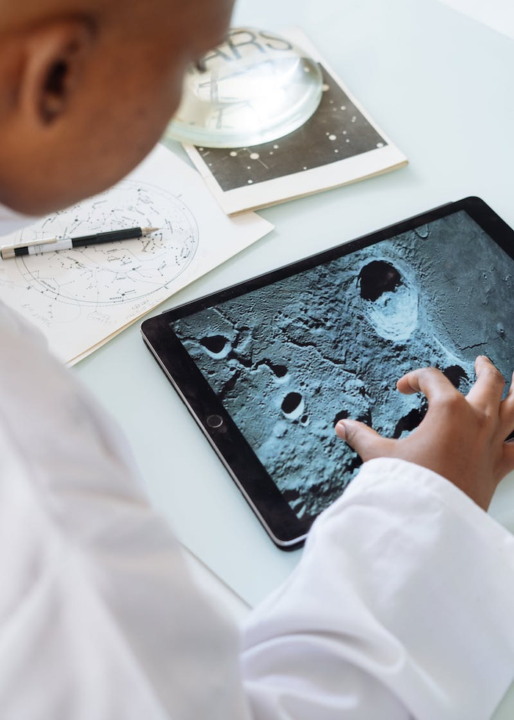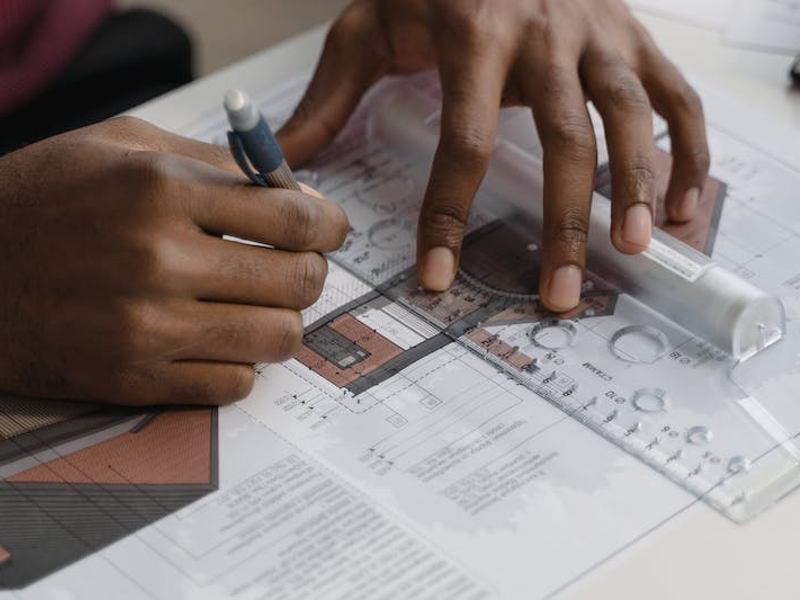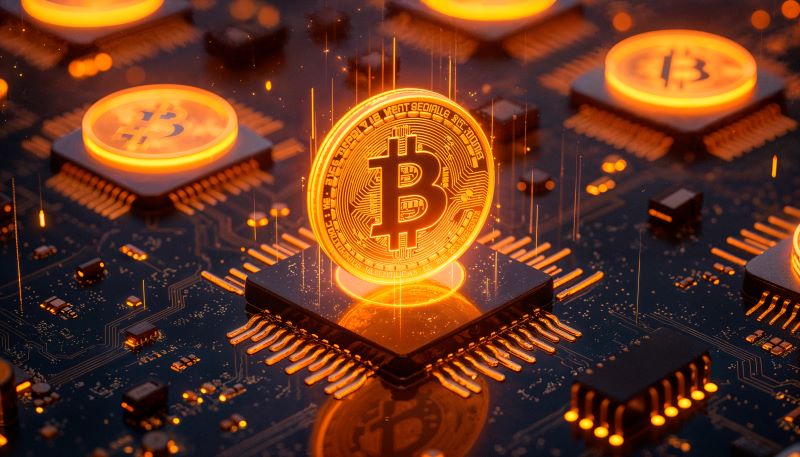Photo by Tima Miroshnichenko from Pexels
You may have heard the term STEM, but what does it stand for? It is an acronym for Science, Technology, Engineering, and Mathematics. We live in a world where STEM is all around us, silently driving progress, convenience, and innovation. From the moment we wake up until we go to sleep, science and technology play a vital role in our lives. Yet, these often go unseen, unnoticed by the general public. This is not just about gadgets and equations; it is about the world we live in.
The reality is that most of us use STEM activities in our day-to-day lives knowingly or unknowingly. The air conditioner in your room, the roads and water pipes, the device you are reading this article on, the Netflix recommendation on your smart TV, the microwave in your kitchen – everything was made possible via STEM. Let’s explore the various facets of STEM in our daily routines, from smartphones and household appliances to transportation and healthcare.
STEM in your gadgets: From Nigeria to London, people around the world use smartphones, tablets, laptops, and other gadgets every day. Do you know that all these and the internet we use today are a product of STEM? Physics, electrical engineering, computer science, mathematics, and materials science are infused to create a device that has revolutionized the way we communicate, work, and live our lives. We can make calls to people thousands of miles away from us, take photographs, and check email. Understanding how smartphones work is not only fascinating but also a testament to the power of STEM in our everyday lives.
STEM behind your daily commute: From the way we travel to the vehicles we use, and the infrastructure that supports transportation, STEM is at the core of our daily commute. We have seen the shift from gas-guzzling vehicles to 100 percent electric cars and a switch from coal-powered trains toward ultra-fast bullet trains. Have you ever wondered about the science behind the buses, trams, subways, and trains you use daily? They are the result of electrical and mechanical engineering. Traffic lights, signs, and intelligent transportation systems rely on computer science and electrical engineering. How about the Global Positioning System (GPS) technology that helps us find our way? It relies on principles of physics and mathematics, including satellite orbits and triangulation.
STEM in healthcare: STEM has transformed healthcare, enabling the discovery of new treatments, drugs, and therapies, thereby contributing to the improvement of human health. Science, technology, and innovation have revolutionized the healthcare system. For example, I wake up feeling sick, and going to the hospital seems like a big challenge. I can just log into my Health maintenance organization (HMO) insurance app, where I can consult a doctor, tell him my symptoms, and he will prescribe drugs for me. My medication will be delivered to my doorstep without me stepping out. We can all agree that STEM is the driving force behind the advancement of healthcare around the world.
STEM in agriculture and food science: For years, scientific advances have fueled progress in agriculture, ensuring food security, promoting sustainability and addressing global food challenges. We would not have tractors, harvesters, and other agricultural machinery and equipment without the application of STEM. This has also helped develop food production and preservation methods and packaging technology which increase yields and minimize environmental impact.
Importance of STEM in our daily lives
Today, almost everything we do revolves around science and technology which have made life simpler, faster, and secure. Let’s take a look at the importance of STEM in our daily lives so we can gain a deeper appreciation for these fields and their impact on our future.
One of the most pressing issues of our time is climate change. Understanding its causes, and potential impacts and developing strategies to mitigate its effects requires knowledge of many different STEM fields.
In the health sector, we can also see how science and technology have contributed to improving healthcare infrastructure and addressing health challenges across the globe, especially Africa which faces infectious diseases and maternal mortality. Devices like scan machines and others providing treatment for various chronic diseases are the gifts of technology to us. Thanks to science and technology, we can easily access various health apps, online doctors, and other things on our gadgets that help us maintain good health and life.
Just imagine the hours it would take you to get from Lagos to London without fast planes, or washing a truckload of clothes without a washing machine. While science has told us baked or steam-cooked food is better than the ones we fry, technology has provided us with microwave and air fryers that help us make healthier foods. Our sleeping, cooking, and commute process have been made easier and faster, thanks to STEM.
The education sector is not left out. We have options like smart classes, multimedia devices, e-libraries, e-books, etc. that make learning less stressful.
Let’s not forget that without STEM professionals, we would not have the solar panels, wind turbines, and other renewable energy sources we enjoy today.
The importance of STEM cannot be overstated. It is the driving force behind innovation, technology, and scientific discovery, and is therefore vital for building a better future.

Photo by RF._.studio
How data analytics, algorithms, and artificial intelligence are quietly shaping the way we make choices
These technologies which often operate quietly in the background have a profound impact on our daily lives, providing us with more informed, efficient, and tailored recommendations across a wide range of domains. Take streaming services like Netflix for example. It analyzes your past preferences to suggest movies that match your interests.
The content you see on your feed across various social media platforms is determined by algorithms. This silent assistance ensures that you see content from friends, groups, or pages that align with your preferences.
Navigation apps use AI algorithms to determine traffic patterns. It can suggest the best routes to take and the estimated time of arrival. This helps users make the best choice on which route to take. More so, with the help of science and technology, we know what the weather is going to be like. That way, we can make an informed decision on the best attire to wear. We can also prepare ahead of time if it’s going to rain or there is going to be a storm.
When you are searching for something online, you would have noticed how you get the most relevant search results. This is a result of search engine algorithms that use AI to predict what you’re looking for and offer suggestions even before you finish typing your search.
How STEM literacy can be promoted
In today’s technology-driven world, having basic knowledge about STEM is no longer a luxury, but a fundamental requirement for individuals of all ages. The world keeps changing, and these new technologies are here to stay so we have to keep pace with it. Here are several ways to promote STEM literacy:
Make changes to the educational system: Students should be taught to think critically in the fields of science, technology, engineering, and mathematics. They should be provided with real-life knowledge and experiences that spark their interest in these fields. Schools can partner with STEM experts in the community, local institutions, and local organizations. This creates unique opportunities that will help increase STEM literacy.
Start early: Children should be introduced to STEM concepts at an early age. This can be achieved through hands-on activities, games, and simple experiments to spark their curiosity and interest. Practical experience helps reinforce STEM concepts.
Family involvement: STEM is for everyone, and no individual should be left out. Parents, guardians, and caregivers have a role to play. They can guide children’s curiosity through experimentation and discovery in STEM activities. One option is to let children play with building toys like blocks or magnet tiles. This exposes them to mathematics and fine motor skills. Children should be encouraged to ask questions and explore the “why” and “how” of things.





